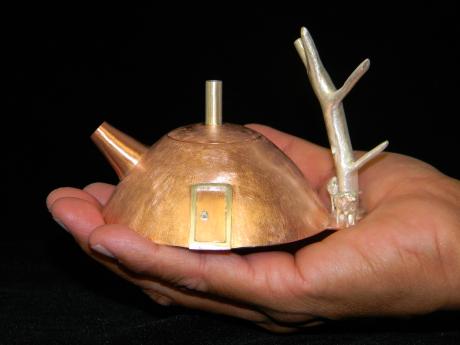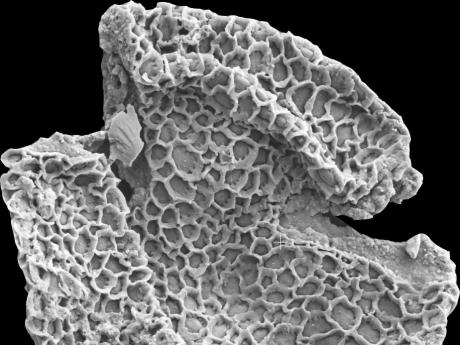
Steeped in Memory: Amelia Joe-Chandler’s Hogan Teapot at NMAI
Christine Garnier, Smithsonian Institution Predoctoral Fellow at SAAM & NMAH Nestled in an archival box in the storage vaults of the National Museum of the American Indian, I encountered a small, copper sculpture that points to an entirely different sense of place. Hogan Teapot (2013) by Diné (Navajo) artist Amelia Joe-Chandler is a living homage to the idea of home—particularly her family’s home in Dinétah, the ancestral homelands of the Navajo Nation in the American Southwest.
Tiny Fossils, Big Insight; How We Can Use Fossil Pollen to Understand Earth’s Climate History
Vera Korasidis, Peter Buck Postdoctoral Fellow at NMNH As a palynologist, I study microscopic fossil spores and pollen that were produced by plants for reproduction. Pollen is highly important to the future of every plant and is made of an incredibly resilient substance (sporopollenin) ensuring that pollen can be preserved in rocks for hundreds of millions of years.